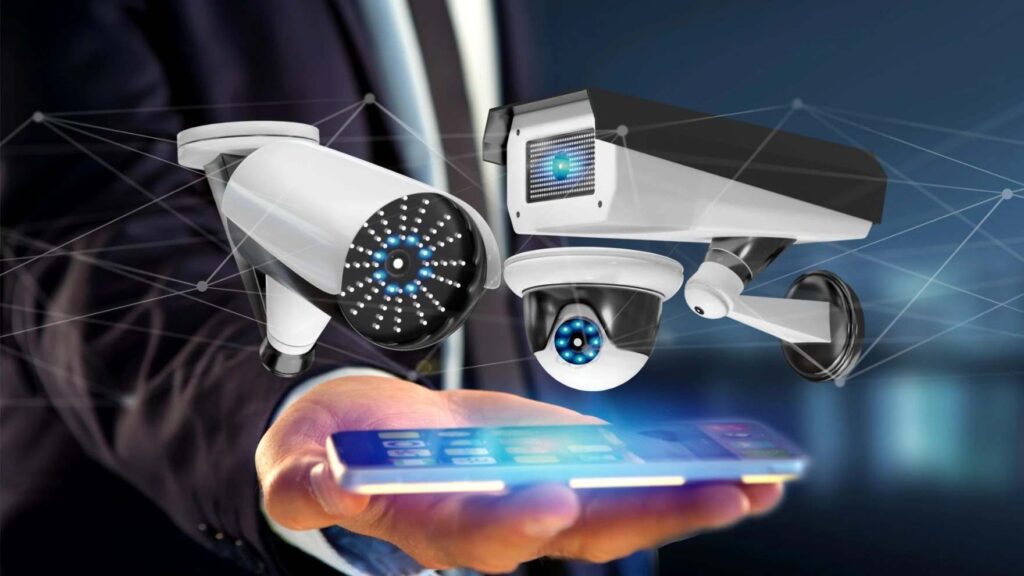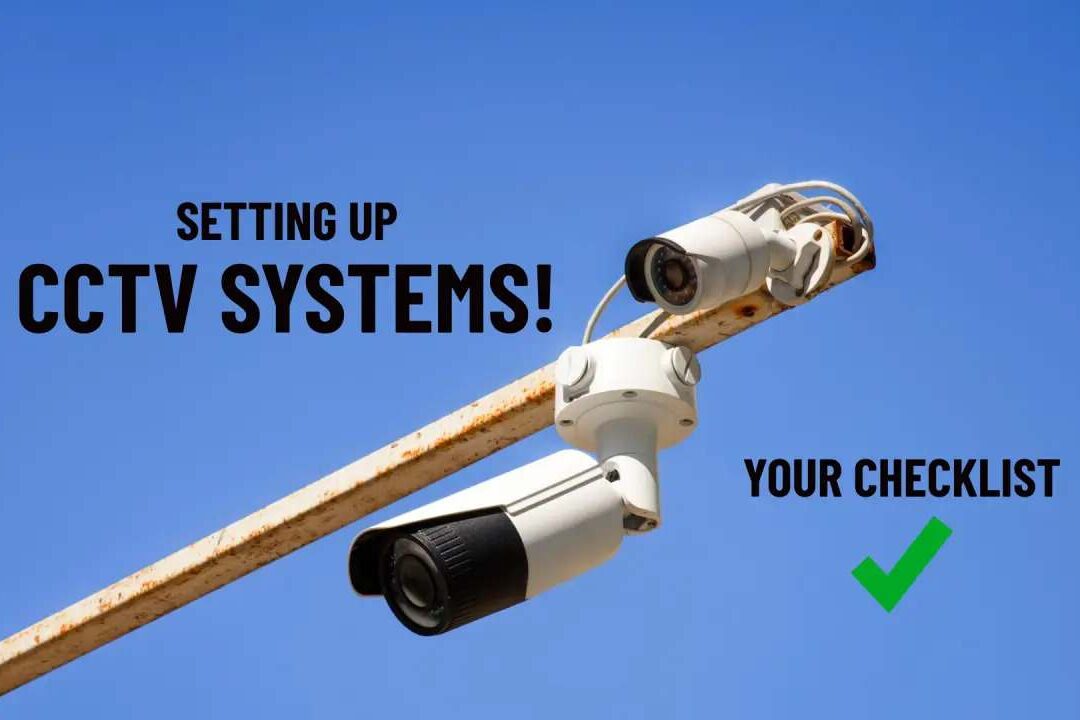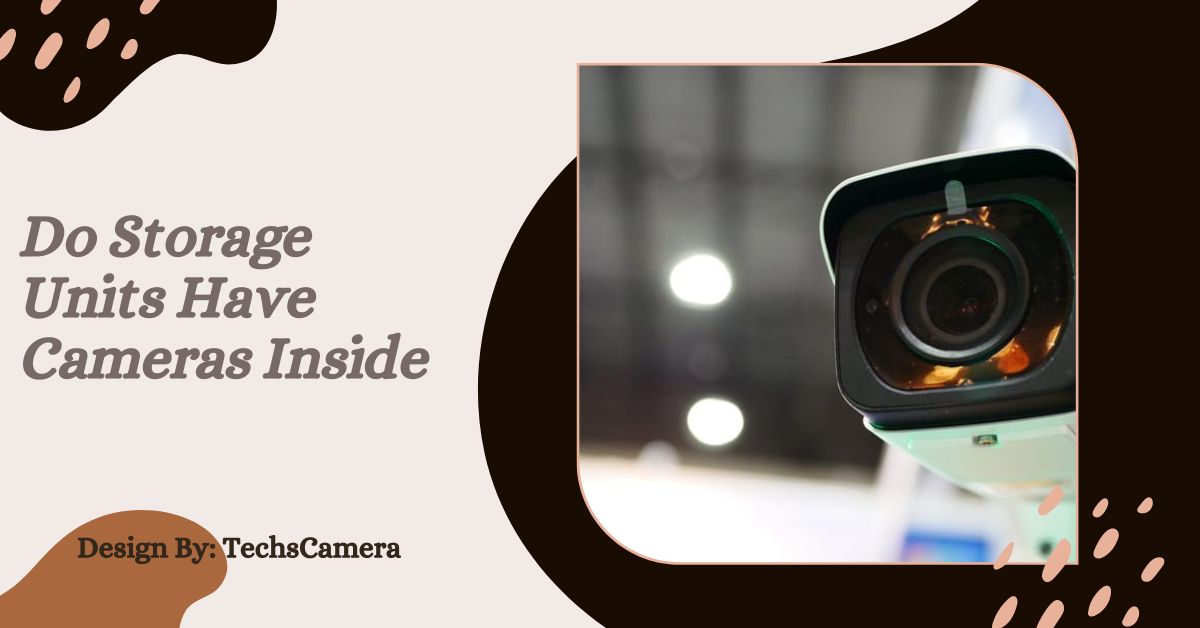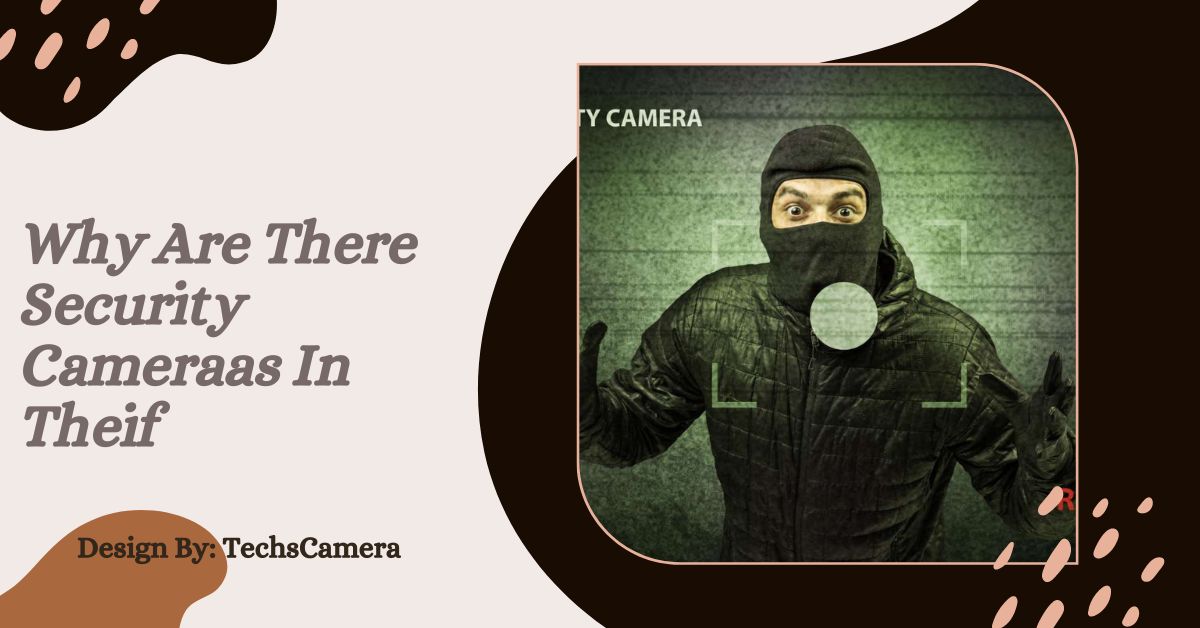Surveillance in storage units is crucial for enhancing security, deterring theft, and protecting renter belongings, though it must balance privacy concerns and comply with legal regulations.
Legal Frameworks and Privacy Regulations for Surveillance in Storage Facilities:
Understanding the legal landscape surrounding surveillance in storage facilities is crucial. Various laws and regulations govern the use of surveillance cameras, ensuring compliance with privacy rights while maintaining effective security measures.
Surveillance in storage facilities is subject to legal regulations that vary by jurisdiction. These regulations govern where cameras can be placed, how footage can be used, and the rights of renters regarding privacy and access to surveillance recordings.
In many regions, storage facility operators must inform renters about the presence of surveillance cameras and obtain consent where required by law. Failure to comply with these regulations can lead to legal consequences, including fines and lawsuits for invasion of privacy.
Facility operators must strike a balance between maintaining adequate security measures and respecting renters’ privacy rights. This often involves implementing transparent policies regarding surveillance practices, ensuring that renters are aware of how their personal information and belongings are protected within the facility.
Types of Surveillance Cameras Used in Modern Storage Facilities:

Modern storage facilities utilize a variety of surveillance cameras tailored to different security needs. Understanding the types of cameras available helps facility operators deploy effective surveillance solutions.
Surveillance cameras used in storage facilities range from traditional analog cameras to advanced IP cameras with high-definition resolution and digital zoom capabilities. Analog cameras are cost-effective and suitable for monitoring smaller areas, while IP cameras offer superior image quality and remote accessibility.
Key features of modern surveillance cameras include night vision for low-light conditions, motion detection sensors to trigger recording during suspicious activity, and pan-tilt-zoom (PTZ) functionality for monitoring large areas.
Facility operators often deploy a combination of cameras strategically placed throughout the premises, including entry points, corridors, and areas with high foot traffic. This comprehensive coverage ensures maximum visibility and deterrence against criminal activity.
Benefits and Challenges of Implementing Surveillance in Storage Units:
Deploying surveillance cameras in storage units offers several advantages, but it also presents challenges related to privacy concerns, technological limitations, and cost considerations.
Benefits of surveillance cameras include deterrence of theft and vandalism, enhanced safety for renters and employees, and the ability to provide evidence for insurance claims or legal disputes. Cameras also support operational efficiency by monitoring facility activities and ensuring compliance with security protocols.
Challenges associated with surveillance implementation include navigating privacy laws, addressing concerns about intrusive monitoring, and managing the costs of purchasing, installing, and maintaining surveillance equipment. Facility operators must carefully weigh these factors to balance security needs with renter privacy and operational sustainability.
Integration of Access Control Systems with Surveillance Technology:
Access control systems play a critical role in enhancing the effectiveness of surveillance technology by regulating entry to storage units and monitoring access activities.
Access control systems complement surveillance cameras by restricting entry to authorized personnel only. These systems may include electronic keypads, biometric scanners, or proximity cards that grant access based on individual credentials.
Integrating access control with surveillance technology allows facility operators to track and monitor who enters and exits the premises, enhancing security and accountability. Real-time access logs and alerts notify operators of unauthorized access attempts or suspicious behavior, enabling swift response and mitigation of security threats.
Environmental Factors Impacting Surveillance Effectiveness in Storage Facilities:
Environmental conditions such as lighting, weather, and physical obstructions can influence the effectiveness of surveillance cameras deployed in storage facilities.
Factors like low-light environments, extreme temperatures, and inclement weather can affect camera visibility and image quality. Facility operators mitigate these challenges by installing cameras with infrared capabilities for night vision, weather-resistant housing for outdoor surveillance, and positioning cameras strategically to minimize blind spots.
Environmental monitoring sensors complement surveillance cameras by detecting changes in temperature, humidity, or air quality that could affect the condition of stored belongings. These integrated systems provide comprehensive facility management and ensure optimal security under varying environmental conditions.
Role of Surveillance in Preventing Theft and Vandalism in Storage Facilities:
Surveillance cameras serve as a deterrent against criminal activity and provide valuable evidence for investigating incidents of theft, vandalism, or unauthorized access in storage facilities.
The presence of visible surveillance cameras acts as a deterrent by signaling to potential criminals that the facility is monitored and security measures are in place. This proactive approach reduces the likelihood of theft or vandalism and promotes a safer environment for renters and their stored belongings.
In the event of a security breach, surveillance footage provides critical evidence for identifying perpetrators, understanding the sequence of events, and supporting law enforcement investigations. Access to high-quality footage enhances the accuracy of incident reporting and facilitates timely resolution of security incidents.
Also read: Backup Camera Not Working After Battery Change – Common Causes and Fixes!
Implementing Remote Monitoring Solutions for Enhanced Security Management:
Remote monitoring capabilities enable storage facility operators to oversee facility activities, monitor surveillance feeds, and respond to security incidents from off-site locations.
Remote monitoring solutions utilize internet-connected devices and cloud-based platforms to access live camera feeds, review recorded footage, and receive real-time alerts on security breaches or operational anomalies. This flexibility allows operators to maintain continuous surveillance and respond promptly to emerging threats.
Advanced features such as mobile applications and web interfaces provide secure access to surveillance systems from smartphones, tablets, or desktop computers. This accessibility empowers operators to monitor multiple locations simultaneously, optimize resource allocation, and coordinate emergency responses effectively.
Best Practices for Securing Surveillance Footage and Protecting Renter Privacy:
Adhering to best practices ensures the secure storage, access control, and responsible use of surveillance footage while safeguarding renter privacy rights.
Best practices include implementing encryption protocols to protect stored footage from unauthorized access, regularly updating software and firmware to address security vulnerabilities, and establishing strict access control measures for personnel handling surveillance data.
Facility operators should develop clear policies on data retention periods, lawful access procedures, and consent requirements for recording and storing surveillance footage. Transparent communication with renters about surveillance practices fosters trust and compliance with privacy regulations.
Impact of Surveillance Technology on Operational Efficiency in Storage Facilities:

Surveillance technology enhances operational efficiency by optimizing resource allocation, improving incident response times, and ensuring compliance with security protocols.
Real-time monitoring of facility activities allows operators to identify operational inefficiencies, such as unauthorized access attempts, irregularities in unit occupancy, or breaches in security procedures. Surveillance footage serves as a tool for performance evaluation, process improvement, and training initiatives aimed at enhancing operational effectiveness.
Integrating surveillance with facility management systems streamlines administrative tasks, such as visitor registration, inventory management, and maintenance scheduling. Automated alerts and notifications enable proactive maintenance and timely resolution of facility-related issues, minimizing downtime and optimizing service delivery.
Effective Use of Surveillance Systems in Preventing Security Incidents:
Examining case studies of storage facilities that have successfully implemented surveillance systems provides insights into best practices, lessons learned, and the impact on security outcomes.
Case studies highlight examples of surveillance technology deterring criminal activities, facilitating rapid response to security incidents, and supporting law enforcement investigations.
Successful implementations demonstrate the importance of strategic camera placement, integration with access control systems, and ongoing maintenance of surveillance infrastructure.
Lessons learned from case studies include the value of proactive surveillance monitoring, continuous staff training on security protocols, and collaboration with local law enforcement agencies to address community safety concerns.
These insights inform future security strategies and enhance overall facility preparedness against emerging security threats.
FAQ’s:
1. Do storage units typically have cameras inside the units?
Most storage facilities do not have cameras inside individual units but focus on monitoring common areas and access points for privacy and security reasons.
2. What types of cameras are used in storage facilities?
Storage facilities often use a mix of analog and IP cameras with features like night vision, motion detection, and PTZ (pan-tilt-zoom) capabilities.
3. How do surveillance cameras help in preventing theft and vandalism?
Visible surveillance cameras act as a deterrent to criminal activities and provide valuable evidence for investigating incidents, thus enhancing overall security.
4. What are the privacy concerns associated with surveillance in storage units?
Privacy concerns include unauthorized monitoring and data breaches, requiring facilities to implement strict data protection and transparency policies.
5. Can storage facility operators monitor surveillance footage remotely?
Yes, many modern surveillance systems allow for remote monitoring through internet-connected devices, enabling operators to manage security from off-site locations.
Conclusion:
Surveillance technology in storage facilities plays a crucial role in enhancing security, preventing theft, and ensuring the safety of renter belongings. While cameras are typically not placed inside individual units to respect privacy, their strategic placement in common areas and access points effectively deters criminal activity.



